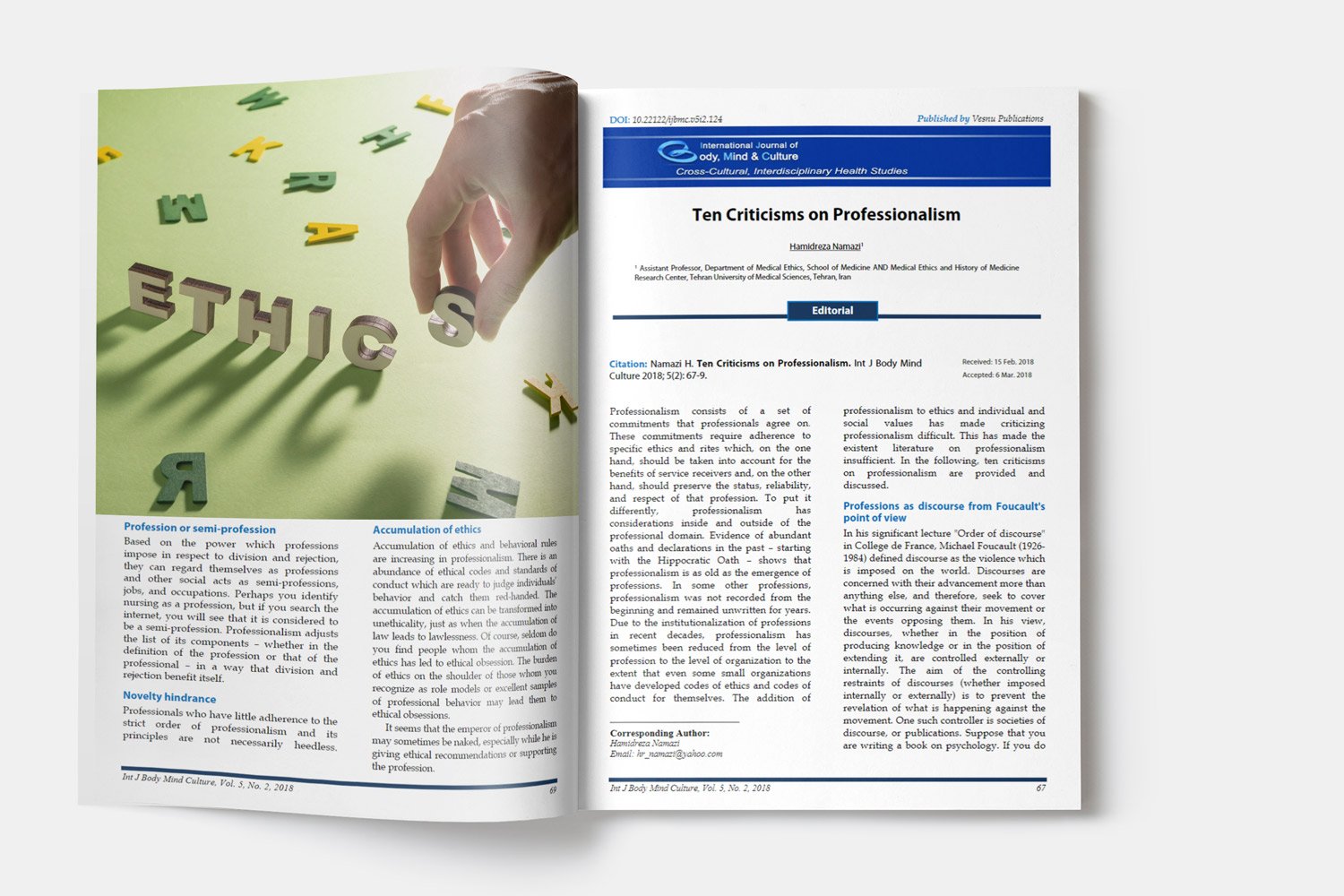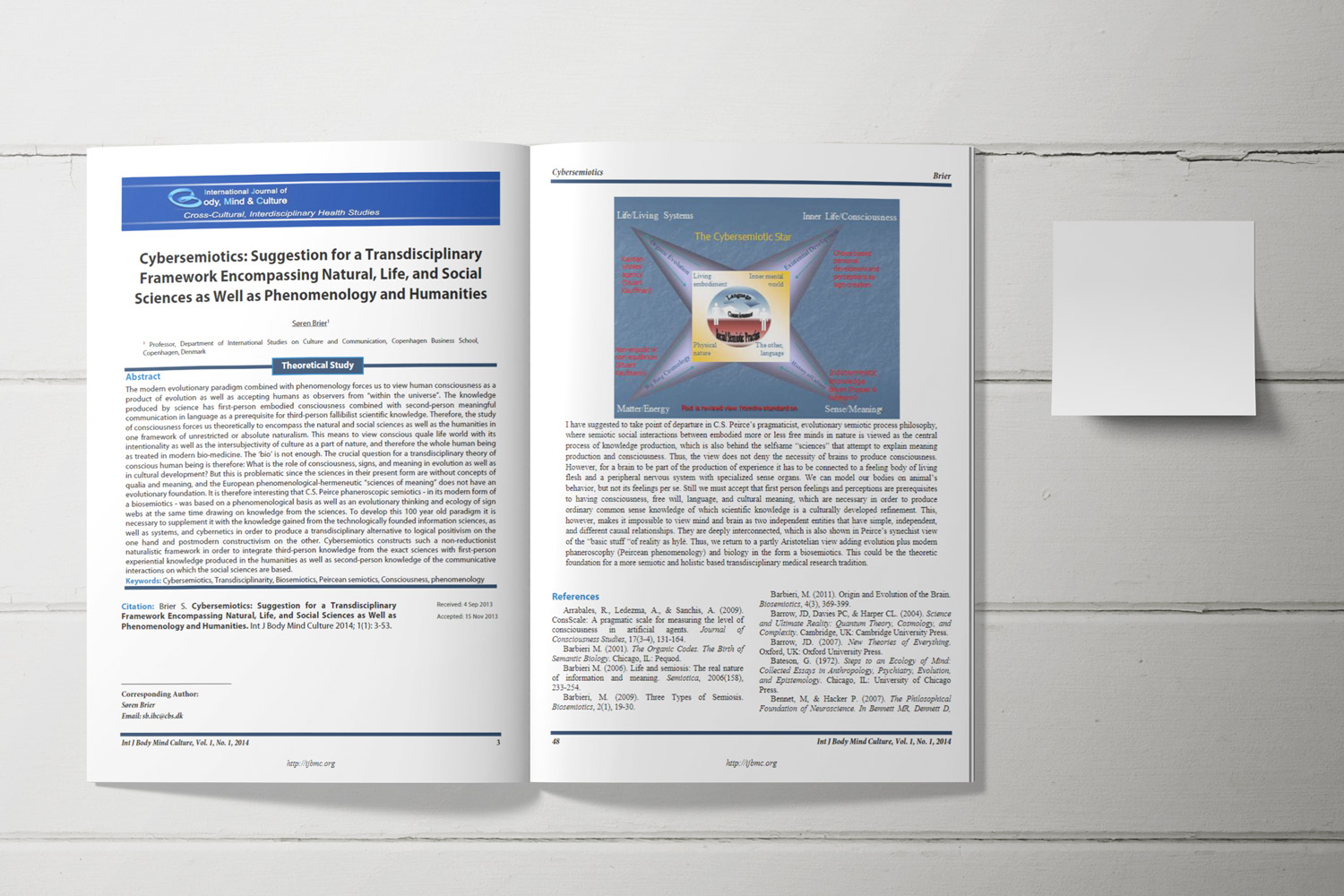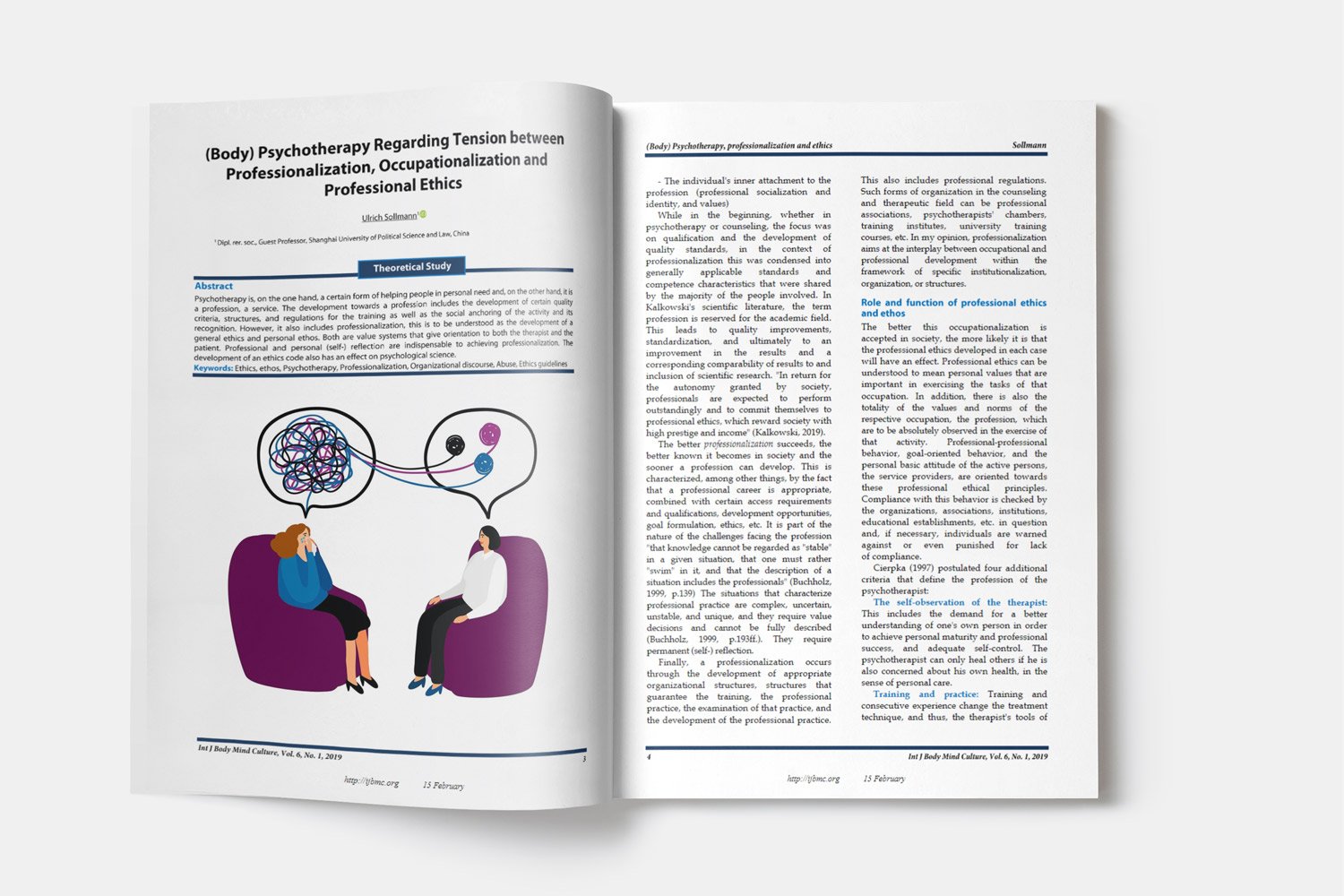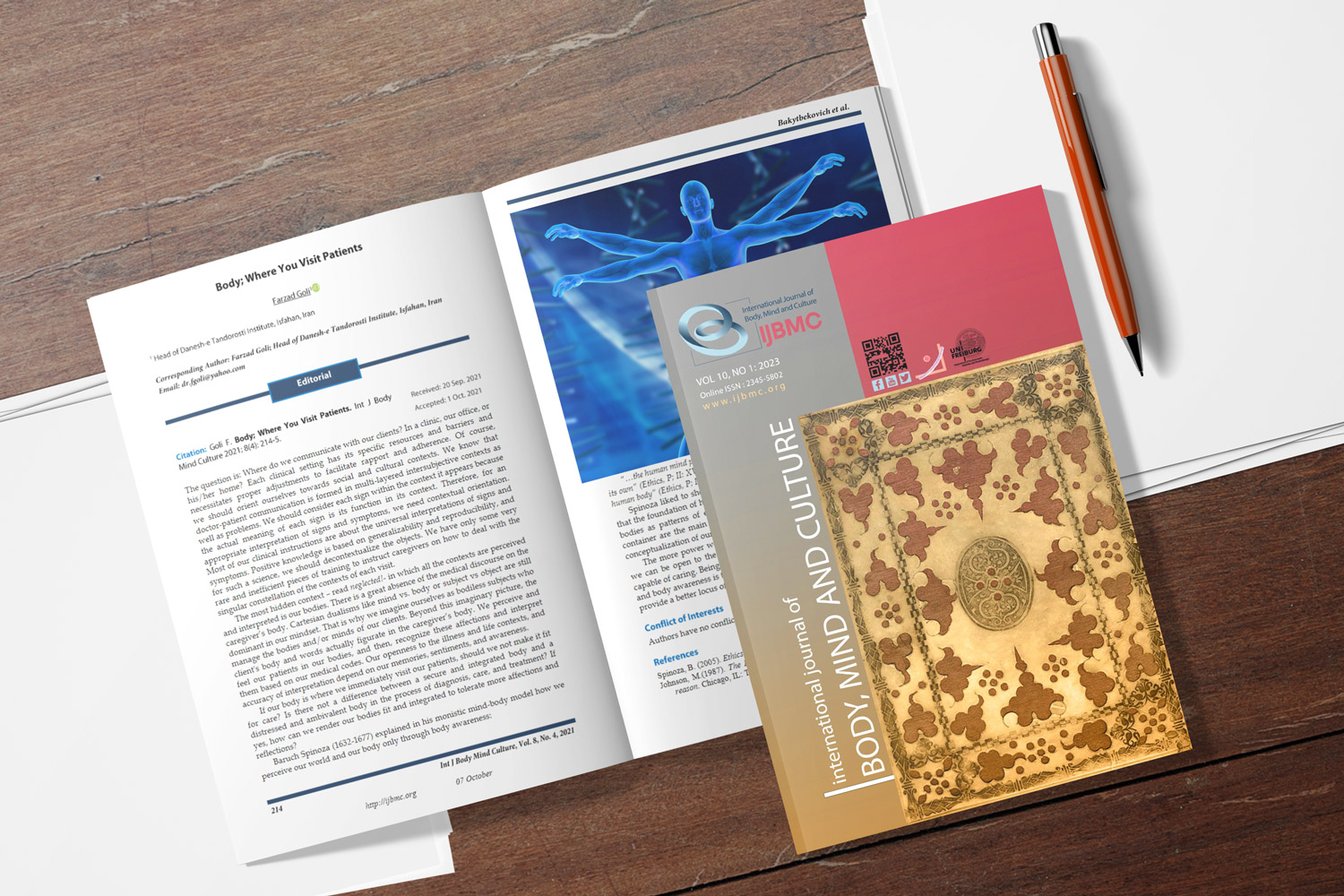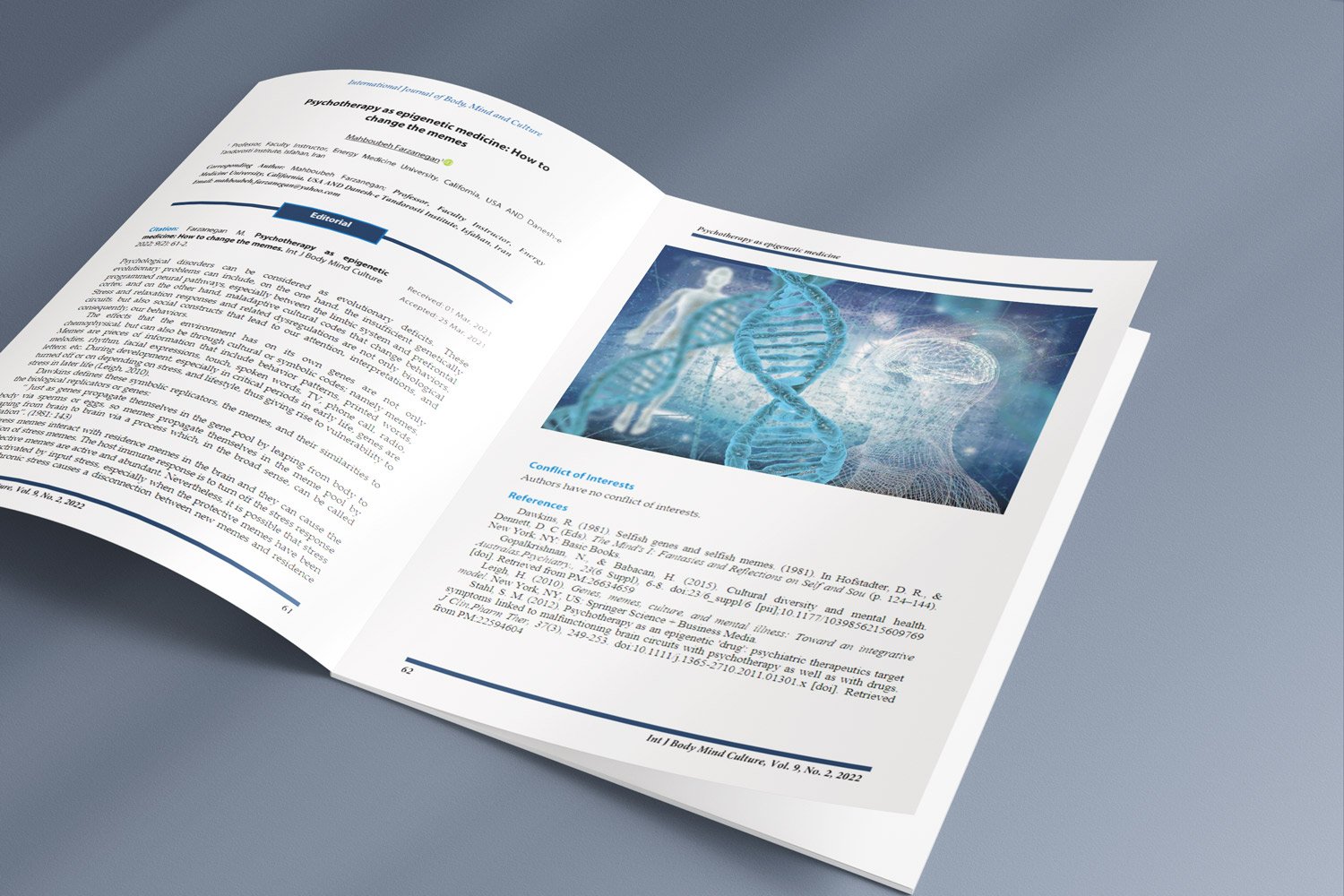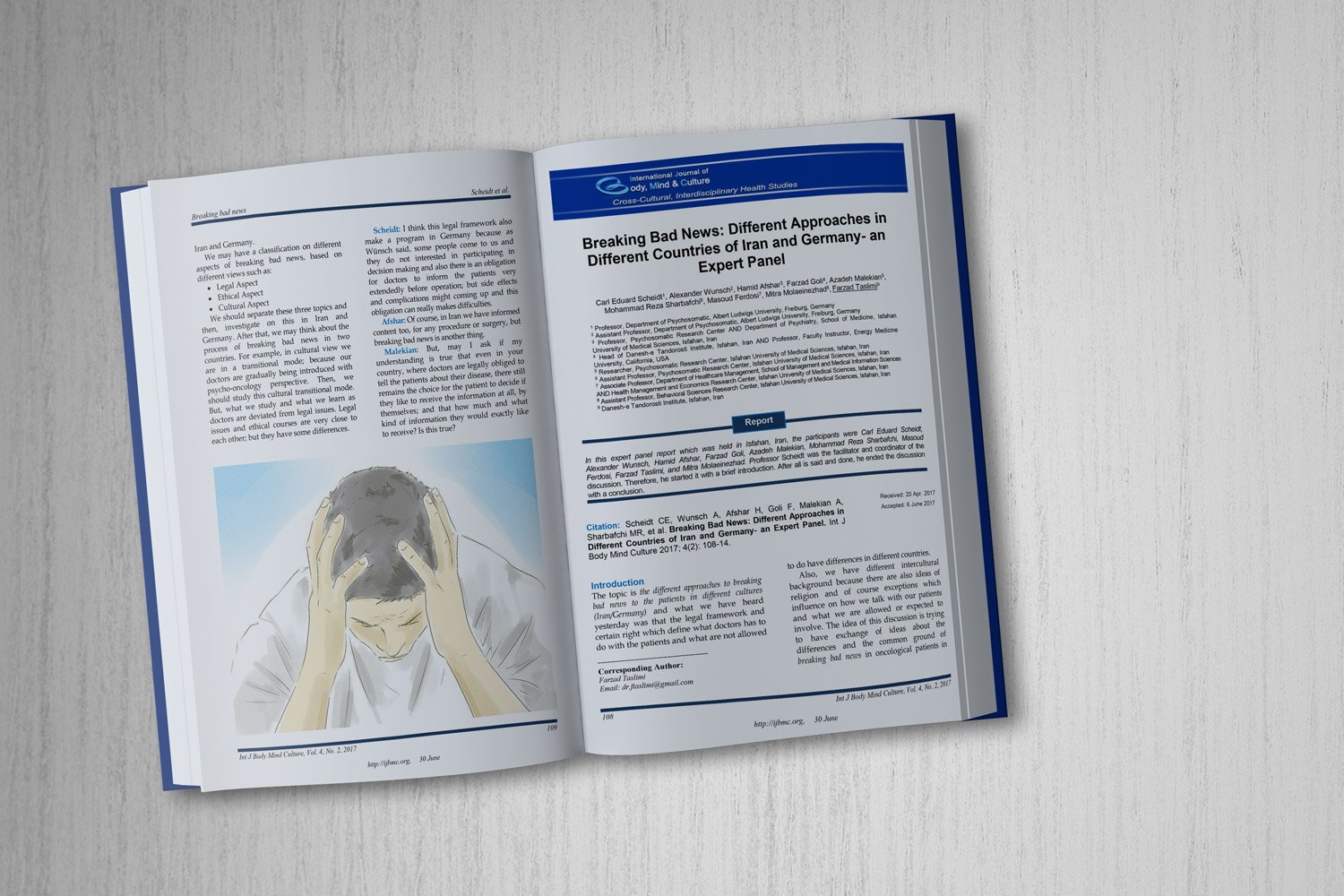Exploring the Relationship Between Teacher-Student Interactions and Social Anxiety in Middle School Students
Downloads
Objective: The bond between educators and learners is essential in shaping the student community and serves as a primary means through which schools impact the psychological (social anxiety), physical, and social growth of students. The research aims to investigate the impact of teacher-student relationships on social anxiety in students.
Methods and Materials: The descriptive design (a cross-sectional study) was used. The study sample consisted of 398 students from various public and private schools, who participated in the Directorate of Education of Al-Najaf. The schools were selected using a simple random sample method, and the students were selected using a systematic random sample method. Data were collected through two questionnaires: one measuring the relationship between teachers and students, and the other assessing social anxiety among students. The study period extended from November 10, 2024, to January 9, 2025.
Findings: The majority of students (85.9%) rated their relationship as moderate. Social Anxiety among Students indicates that the majority of students (55.3%) had mild social anxiety, while 28.3% experienced moderate anxiety, and 2.3% had severe social anxiety. The influence of the student-teacher relationship on social anxiety among students is minimal, with no statistical significance.
Conclusion: The study concluded that the influence of the relationship between the teacher and the student on social anxiety is that the higher the connection between the teacher and the student (positive relationship), the lower the rate of social anxiety among students. The study recommended designing an educational program to be distributed to all schools in the governorate by the directorate of education in Najaf governorate, which reduces social anxiety among students and developing social communication skills among teachers through participation in workshops, seminars, and courses in schools and departments of education directorates to improve the relationship between teacher and student.
Downloads
Al-jubouri, S., & Alwan, I. I. H. (2022). Assessment of Psychological Adjustment among Preparatory School Students. Iraqi Natl J Nurs Spec, 35(31), 31–41. https://doi.org/10.58897/injns.v35i1.503
Brinkworth, M. E., McIntyre, J., Juraschek, A. D., & Gehlbach, H. (2018). Teacher-student relationships: The positives and negatives of assessing both perspectives. Journal of Applied Developmental Psychology, 55, 24-38. https://doi.org/10.1016/j.appdev.2017.09.002
Carter-Penny, K. S. (2023). An Examination of Teacher Self-Efficacy, Teacher-Student Relationships, Trust, Student Engagement, and Student Social Capital: Perceptions of Upper Elementary Teachers (Grades 3-5) in High-Performing Schools and Low-Performing Schools, University of Louisiana at Lafayette. https://search.proquest.com/openview/245c34cd13a78fed2d5fde84821667aa/1?pq-origsite=gscholar&cbl=18750&diss=y
Charan, J., & Biswas, T. (2013). How to calculate sample size for different study designs in medical research? Indian Journal of Psychological Medicine, 35(2), 121-126. https://doi.org/10.4103/0253-7176.116232
Chiu, K., Clark, D. M., & Leigh, E. (2021). Cognitive predictors of adolescent social anxiety. Behaviour Research and Therapy, 137, 103801. https://doi.org/10.1016/j.brat.2020.103801
Chronis-Tuscano, A., Danko, C. M., Rubin, K. H., Coplan, R. J., & Novick, D. R. (2018). Future directions for research on early intervention for young children at risk for social anxiety. Journal of Clinical Child & Adolescent Psychology, 47(4), 655–667. https://doi.org/10.1080/15374416.2018.1426006
D'Antonio, P., Beeber, L., Sills, G., & Naegle, M. (2014). The future in the past: Hildegaard Peplau and interpersonal relations in nursing. Nursing Inquiry, 21(4), 311-317. https://doi.org/10.1111/nin.12056
Ejaz, B., Muazzam, A., Anjum, A., Pollock, G., & Nawaz, R. (2020). Measuring the scale and scope of social anxiety among students in Pakistani higher education institutions: An alternative social anxiety scale. Sustainability, 12(6), 2164. https://doi.org/10.3390/su12062164
Filgona, J., Sakiyo, J., Gwany, D. M., & Okoronka, A. U. (2020). Motivation in learning. Asian Journal of Education and Social Studies, 10(4). https://doi.org/10.9734/ajess/2020/v10i430273
Gardi, A. H. (2016). Prevalence of Social Phobia Among High School Students in Erbil, Kurdistan Region. Zanco Journal of Medical Sciences (Zanco J Med Sci), 20(3), 1497-1504. https://doi.org/10.15218/zjms.2016.0050
Ghyadh, A., & Abdul-Wahid, H. (2016). "Evaluation of Secondary Schools Students' Exposure to Risk Factors in Al-Najaf City". Iraqi National Journal of Nursing Specialties, 29(2), 58-73. https://doi.org/10.58897/injns.v29i2.255
Habeeb, M. B. (2013). Vulnerability to Stress and Coping Strategies among Undergraduate Students in Baghdad City. Kufa J Nurs Sci, 3(2), 217–226. https://doi.org/10.36321/kjns.vi20132.2462
Hussein, A. H., & Ajil, M. Z. W. (2024). Adolescents' Attitudes Towards Viral Hepatitis Transmission at Secondary Schools. J Curr Med Res Opin, 07, 2510–2520. https://cmro.in/index.php/jcmro/article/download/775/869/2533
Jabr, S. A., & Mohammed, Q. Q. (2023). Influence of Social Media Use on Academic Performance of Secondary School Students. Pakistan Hear J, 56(02), 772–781. https://journals.co.za/doi/abs/10.26762/jee.2018.40000013
Jaleel, J. A., & Husain, H. A. (2023). Social Anxiety in Youth: Does Self-Esteem Matter? Clin Schizophr Relat Psychoses, 17(2). https://doi.org/10.3371/CSRP.17.S2.100143
Jaleel, J. A., & Hussein, H. A. (2023). Social anxiety : prevalence, Gender, and age differences. J Educ Psychol Sci, 153, 339-348. https://iasj.rdd.edu.iq/journals/uploads/2024/12/18/d84301495dc61de22ddcce082c3dd509.pdf
Jefferies, P., & Ungar, M. (2020). Social anxiety in young people: A prevalence study in seven countries. PLoS One, e0239133. https://doi.org/10.1371/journal.pone.0239133
Juvonen, J. E., & Wentzel, K. R. (1996). Social motivation: Understanding children's school adjustment. Cambridge University Press. https://psycnet.apa.org/record/1997-97006-000
Malisi, M. A. S., Sardimi, S., Surawan, S., & Aldianoor, A. (2023). Contribution of PAI Teacher Personality Competence to Student Motivation in School Exams. Ta'dib, 26(2), 291. https://doi.org/10.31958/jt.v26i2.8437
Mohammed, Q. Q. (2023). Evaluation of Students-Instructor Relationship in Nursing Education at the University of Baghdad, Iraq. The Egyptian Journal of Hospital Medicine, 90(1), 471–474. https://doi.org/10.21608/ejhm.2023.279663
Olsen, B., & Buchanan, R. (2019). An investigation of teachers encouraged to reform grading practices in secondary schools. American Educational Research Journal, 56(5), 2004-2039. https://doi.org/10.3102/0002831219841349
Qasim, Q. P. Y. Association between Parental Treatment and Aggressive Behaviors among Adolescent Students. Iraqi Natl J Nurs Spec, 36(1), 36–42. https://doi.org/10.58897/injns.v36i1.717
Saiwan, M. J., & Huusein, H. A. (2022). Proneness to Anxiety and Depression among Middle School Students: Does Emotion Expression Matter? RES Mil, 12(2), 7205–7212. https://cmro.in/index.php/jcmro/article/download/1005/1016/3043
Sajem, K., & Khalifa, M. F. (2011). Assessment of Types of Violence among Adolescents. Iraqi National J for Nursing Spec, 24(1), 20-24. https://doi.org/10.58897/injns.v24i1.91
Weymouth, B. B., & Buehler, C. (2018). Early adolescents' relationships with parents, teachers, and peers and increases in social anxiety symptoms. Journal of Family Psychology, 32(4), 496. https://doi.org/10.1037/fam0000396
Witherspoon, E. E. (2011). The Significance of the Teacher-Student Relationship ProQuest LLC. https://eric.ed.gov/?id=ED534004
Xin, S., Peng, H., & Sheng, L. (2022). Changes of social anxiety in Chinese adolescents during 2002∼ 2020: An increasing trend and its relationship with social change. Children and Youth Services Review, 142, 106614DO - 106610.101016/j.childyouth.102022.106614. https://www.sciencedirect.com/science/article/pii/S019074092200250X
Yusoff, M. S. B. (2019). ABC of content validation and content validity index calculation. JO - Education in Medicine Journal. 11(2), 49–54. https://doi.org/10.21315/eimj2019.11.2.6
Zan, H., & Khudhair, A. (2018). Impact of social phobia upon self-esteem of nursing collegians in Iraq. Iraqi Natl J Nurs Spec, 25(3), 120-129. https://doi.org/10.58897/injns.v25i3.149
Zee, M., & Roorda, D. L. (2018). Student-teacher relationships in elementary school: The unique role of shyness, anxiety, and emotional problems. Learning and Individual Differences, 67, 156-166. https://doi.org/10.1016/j.lindif.2018.08.006
Copyright (c) 2025 International Journal of Body, Mind and Culture

This work is licensed under a Creative Commons Attribution-NonCommercial 4.0 International License.










